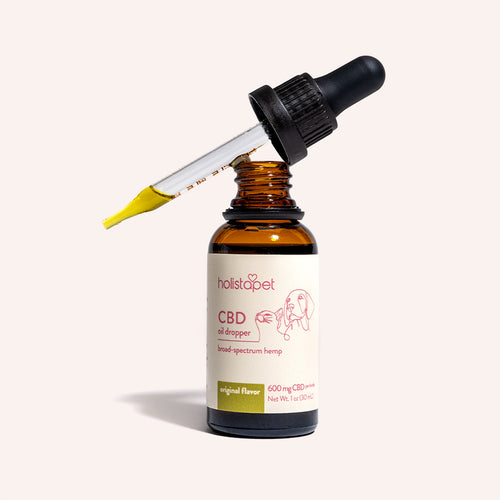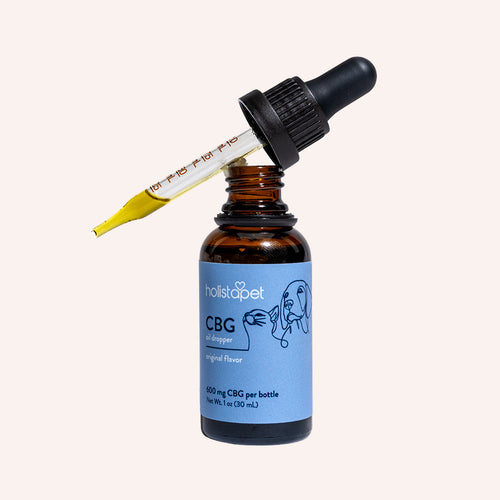As a loving cat parent, you want nothing more than to ensure your furry companion lives a long, happy, and healthy life. But even the most attentive owners can overlook subtle signs of illness or neglect routine care. That’s where a cat health checklist becomes essential. Whether you're a new cat owner or a seasoned feline friend, this guide will help you stay on top of your cat’s wellbeing—before small issues turn into major problems.
 🐾 The Ultimate Cat Health Checklist
🐾 The Ultimate Cat Health Checklist
Use this checklist monthly or during vet visits to keep your cat thriving.
1. Nutrition
-
High-quality, age-appropriate food
-
Fresh water daily
-
Measured portions to prevent obesity
-
Occasional healthy treats only
2. Grooming & Skin Health
-
Regular brushing (especially for long-haired cats)
-
Check for fleas, ticks, or bald patches
-
Clean ears weekly
-
Trim nails every 2–3 weeks
3. Litter Box Maintenance
-
Clean litter box daily
-
Watch for signs of diarrhea, blood, or unusual frequency
-
Use unscented litter for sensitive cats
4. Dental Care
-
Bad breath could be a sign of dental disease
-
Look for red gums or plaque buildup
-
Brush their teeth if possible or offer dental treats
5. Weight & Activity Monitoring
-
Watch for weight loss or gain
-
Engage in daily playtime (15–30 minutes)
-
Provide climbing spaces and scratching posts
6. Vaccinations & Vet Visits
-
Stay up to date on vaccinations (Rabies, FVRCP, FeLV)
-
Schedule annual wellness exams
-
Consider biannual visits for senior cats
7. Parasite Prevention
-
Use regular flea/tick preventatives
-
Deworm according to your vet’s recommendations
-
Indoor cats also need protection!
8. Behavioral Check
-
Monitor for changes in mood or routine
-
Excessive grooming or hiding can indicate stress or illness
-
Sudden aggression or withdrawal may require a vet check
9. Senior Cat Specifics (7+ years)
-
Joint health monitoring
-
Bloodwork every 6–12 months
-
Adjust diet for aging metabolism
 🤔 Frequently Asked Questions
🤔 Frequently Asked Questions
How often should I take my cat to the vet?
At least once a year for a wellness exam. Senior cats or those with health issues may need more frequent visits (every 6 months).
What are signs my cat might be sick?
Look for lethargy, vomiting, diarrhea, hiding, changes in appetite or weight, and unusual vocalizations.
Do indoor cats really need flea prevention?
Yes! Fleas can be brought in on clothing or other pets. Prevention keeps them safe and itch-free.
What should my cat weigh?
It depends on the breed, but the average adult domestic cat should weigh around 8–10 pounds. Your vet can determine the ideal weight.
How do I brush my cat's teeth?
Use a cat-specific toothbrush and toothpaste. Start slow, letting your cat taste the paste, then gently introduce brushing a few seconds at a time.
🐱 Final Thoughts
Keeping your cat healthy isn't just about feeding them and providing shelter—it's about being proactive. This cat health checklist empowers you to monitor your pet’s condition, catch early signs of illness, and improve their quality of life. Think of it as a wellness routine, just like you might follow for yourself.
A healthy cat is a happy cat—and a happy cat makes for a happy home. 🐾
📌 Helpful Notes
-
Print this checklist and keep it on your fridge or in your pet records folder.
-
Set monthly calendar reminders for health checks and grooming.
-
Use a pet health app to track vet visits, medications, and weight.


 CBD Oil for Cats - Fast Acting
CBD Oil for Cats - Fast Acting
 CBD Cat Treats - Easy Dose
CBD Cat Treats - Easy Dose
 CBD Calming Chews for Cats - Highly Rated
CBD Calming Chews for Cats - Highly Rated
 CBG Oil for Dogs and Cats - Loved by Thousands
CBG Oil for Dogs and Cats - Loved by Thousands





Leave a comment
This site is protected by hCaptcha and the hCaptcha Privacy Policy and Terms of Service apply.